Selecting the Right Water Purification System for Pharmaceutical Manufacturing Compliance
Understanding the Importance of Water Purity in Pharmaceutical Manufacturing
Water is the unsung hero of pharmaceutical production, serving as a solvent, ingredient, and cleaning agent in countless processes. Its purity directly influences product integrity, with contaminants posing risks ranging from chemical instability to microbial proliferation. In an industry where a single impurity can compromise an entire batch, water quality transcends operational necessity—it becomes a non-negotiable pillar of patient safety.
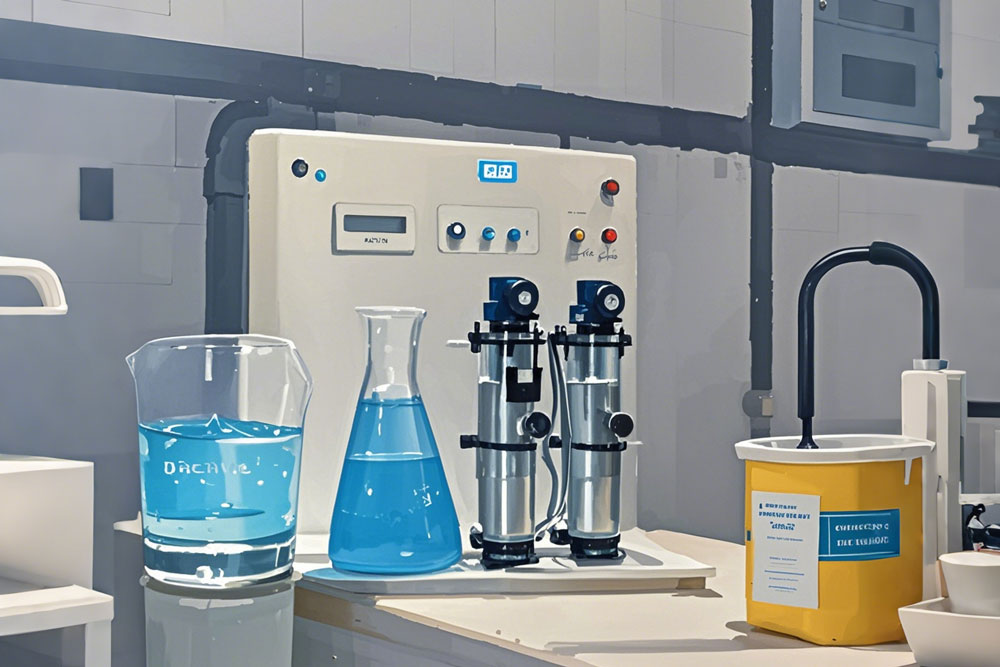
The Critical Role of Water Quality in Drug Safety and Efficacy
Pharmaceutical formulations rely on water’s inertness, yet even trace elements like heavy metals or organic residues can alter drug pharmacokinetics. For biologics, endotoxins in water may trigger adverse immune responses, rendering therapies unsafe. High-purity water ensures active pharmaceutical ingredients (APIs) maintain their therapeutic profiles, safeguarding both efficacy and regulatory approval.
Navigating Regulatory Standards: USP, WHO, and FDA Guidelines Demystified
Regulatory frameworks such as USP <1231>, WHO GMP Annex 3, and FDA’s cGMP guidelines define stringent benchmarks for pharmaceutical water. USP grades—like Purified Water (PW) and Water for Injection (WFI)—specify conductivity, endotoxin limits, and microbial thresholds. Non-compliance risks product recalls, legal penalties, and reputational damage, making adherence a strategic imperative.
Types of Water Used in Pharmaceutical Processes: From Purified Water to Water for Injection (WFI)
PW, produced via ion exchange or reverse osmosis, meets standards for non-parenteral applications. WFI, mandated for injectables, requires distillation or advanced purification to achieve pyrogen-free status. Understanding these distinctions ensures alignment with product-specific needs, whether synthesizing oral solids or formulating intravenous solutions.
Key Components of a Compliant Water Purification System
A robust system integrates pretreatment (filters, softeners), primary purification (RO, distillation), and polishing (UV, ultrafiltration). Storage tanks with sanitary fittings and distribution loops designed for minimal stagnation prevent recontamination. Material selection, such as 316L stainless steel or high-purity polymers, further mitigates leaching risks.
Water Purification Technologies: Reverse Osmosis, Distillation, and Beyond
Reverse osmosis (RO) excels in removing ions and organics but requires pretreatment to avoid membrane fouling. Distillation, though energy-intensive, remains the gold standard for WFI production. Emerging technologies like electrodeionization (EDI) and ozone sterilization offer hybrid efficiency, blending scalability with microbial control.
Pros and Cons of Common Water Treatment Methods for Pharma Applications
RO systems boast lower operational costs but struggle with endotoxin removal. Distillation guarantees sterility yet demands significant energy investment. Ultrafiltration bridges gaps in pathogen control but necessitates frequent membrane replacements. Each method’s trade-offs underscore the need for application-specific analysis.
Compliance Challenges: Avoiding Costly Pitfalls in System Design and Implementation
Poorly designed distribution loops with dead legs invite biofilm formation. Inadequate validation protocols or undersized storage tanks disrupt continuous supply. Proactive hazard analysis and modular design principles help sidestep these pitfalls, ensuring systems scale with production demands.
Validation and Qualification: Ensuring Your System Meets GMP Requirements
Installation Qualification (IQ), Operational Qualification (OQ), and Performance Qualification (PQ) form the backbone of GMP compliance. These phases verify system reproducibility under worst-case scenarios, documenting everything from sensor calibration to microbial recovery rates. A single oversight here can derail regulatory submissions.
The Role of Risk Assessment in Selecting a Water Purification System
Failure Mode and Effects Analysis (FMEA) identifies vulnerabilities, such as chlorine spikes damaging RO membranes. By prioritizing risks—like endotoxin breaches in WFI—manufacturers allocate resources to high-impact safeguards, such as redundant ultrafiltration stages or real-time TOC monitoring.
Material Matters: Choosing Corrosion-Resistant and Non-Reactive Components
Substandard materials leach ions or foster microbial adhesion. Electropolished stainless steel minimizes surface roughness, while PVDF piping resists chemical degradation. These choices extend system lifespan and prevent contaminants from infiltrating critical processes.
Microbial Control Strategies: Keeping Biofilms and Endotoxins at Bay
Biofilms, often undetected until they slough off, thrive in stagnant zones. Regular sanitization via hot water or steam, coupled with laminar flow design, disrupts microbial habitats. Endotoxin removal hinges on ultrafiltration (10kDa membranes) and temperature control to inhibit gram-negative bacteria.
Monitoring and Testing: Building a Robust Water Quality Assurance Program
Real-time conductivity and TOC analyzers provide instant purity metrics. Periodic microbial assays, including Limulus Amebocyte Lysate (LAL) tests for endotoxins, validate system performance. Automated data logging not only streamlines audits but also flags deviations before they escalate.
Maintenance Best Practices: Preventing Downtime and Ensuring Consistent Performance
Predictive maintenance—replacing RO membranes at pressure drop thresholds or recalibrating UV lamps—prevents catastrophic failures. Training staff to recognize early signs of contamination, such as hazy water or odor shifts, adds a human layer of defense.
Cost Considerations: Balancing Initial Investment with Long-Term Operational Efficiency
While multi-effect (MED) systems incur high upfront costs, their energy efficiency pays dividends over decades. Leasing modular purification units offers flexibility for smaller facilities, though lifecycle cost analyses must factor in consumables, labor, and compliance penalties.
Case Studies: Lessons Learned from Successful (and Failed) System Deployments
A European biologics firm averted recalls by integrating redundant ozone generators after a biofilm outbreak. Conversely, a generic drug manufacturer faced FDA sanctions by neglecting PQ protocols, resulting in endotoxin-laden batches. These narratives crystallize the stakes of informed decision-making.
Future-Proofing Your System: Adapting to Evolving Regulatory and Technological Trends
Anticipate stricter endotoxin limits and AI-driven predictive analytics. Invest in upgradable systems compatible with closed-loop manufacturing and continuous processing. Sustainability mandates, such as water reuse initiatives, will further shape system design.
Expert Insights: Interviews with Industry Leaders on Compliance and Innovation
Dr. Elena Torres, CTO of AquaPharma Solutions, emphasizes “designing for the unknown—like emerging contaminants—through modular architectures.” John Mercer, a FDA veteran, warns against “overlooking operator training as a compliance vulnerability.” Their wisdom underscores holistic planning.
Checklist for Selecting the Right Water Purification System: A Step-by-Step Guide
- Define water grade requirements (PW, WFI) based on product portfolio.
- Map regulatory benchmarks (USP, FDA) to system capabilities.
- Conduct FMEA to prioritize risks like microbial ingress.
- Validate technology choices via pilot testing.
- Ensure materials meet ASTM and USP Class VI standards.
- Plan for lifecycle costs, including maintenance and energy.
- Document validation protocols for audit readiness.
Final Thoughts: Aligning Your Choice with Patient Safety and Business Goals
A water purification system is more than infrastructure—it’s a covenant with patients. By marrying technical rigor with strategic foresight, manufacturers safeguard both health outcomes and commercial viability. In an era of heightened scrutiny, excellence in water quality isn’t optional; it’s existential.
FAQ
What is the maximum allowable endotoxin level in WFI?
WFI must contain ≤0.25 EU/mL endotoxins, as per USP <85> and FDA guidelines.
Can RO systems alone produce WFI?
No. WFI requires distillation or equivalent methods; RO is insufficient for endotoxin removal.
How often should water systems be sanitized?
Frequency depends on risk assessment, but quarterly hot water sanitization (80°C+) is common for distribution loops.
What materials are prohibited in pharma water systems?
Avoid brass, carbon steel, and BPA-containing plastics due to leaching risks.
Must-Read Blogs For Chain Restaurants Owner

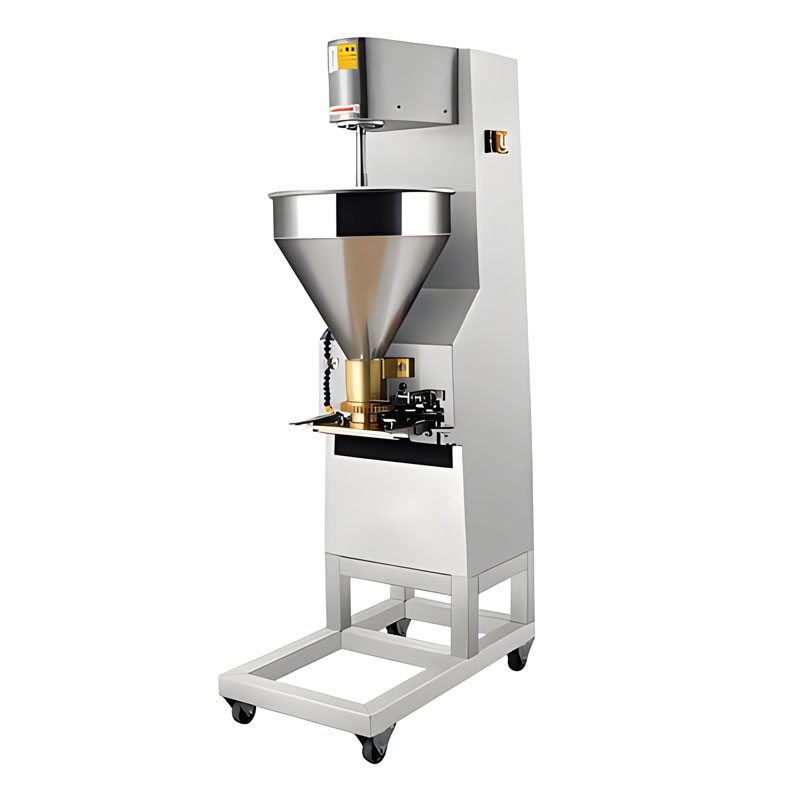

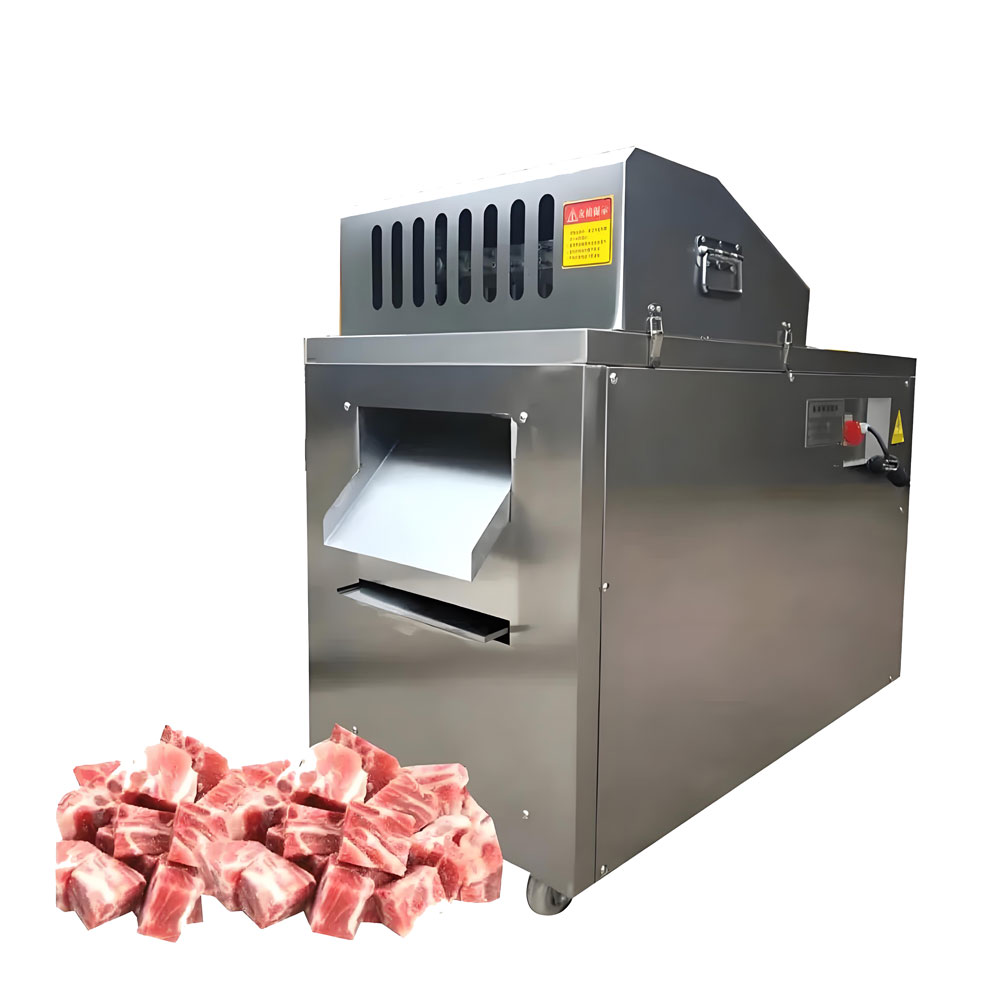
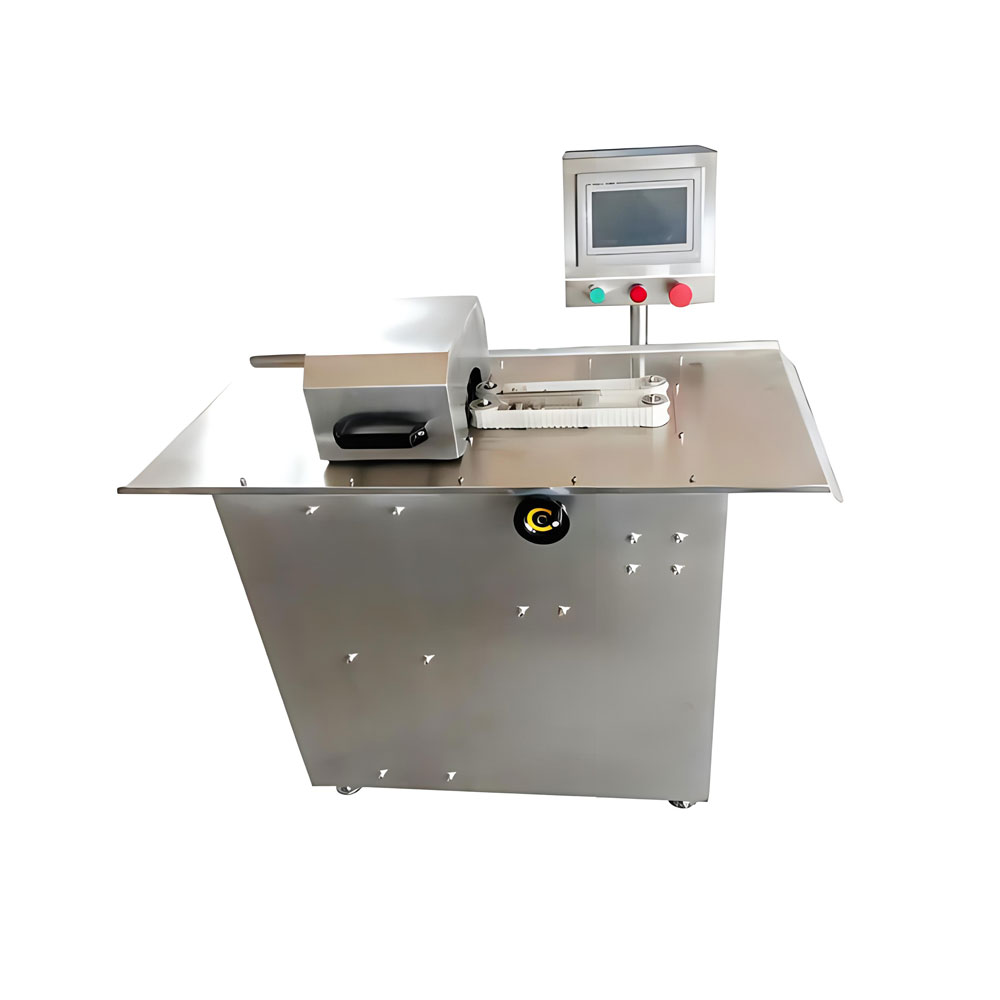
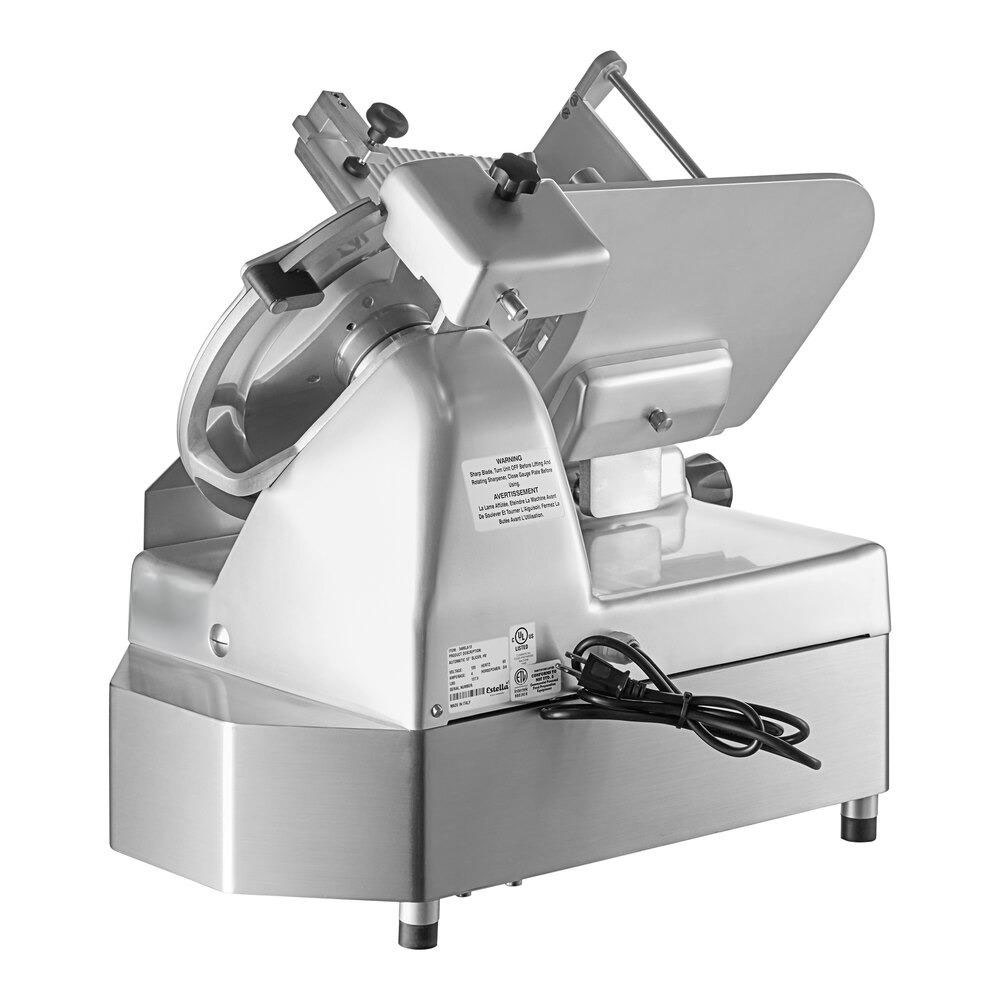
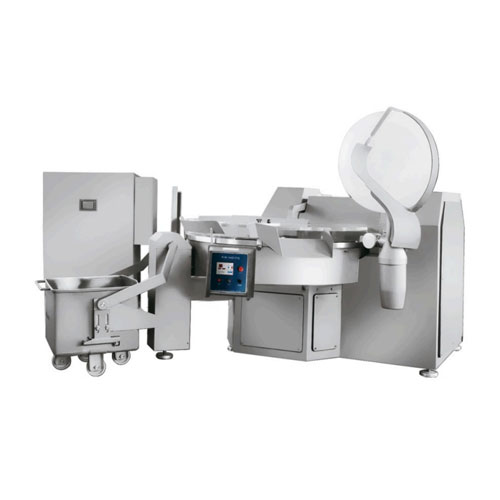

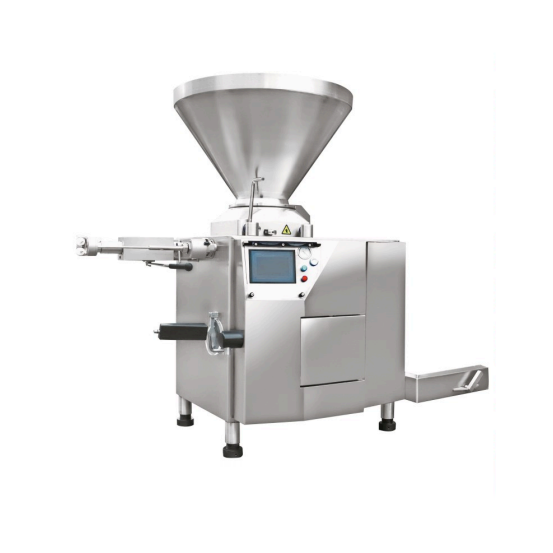
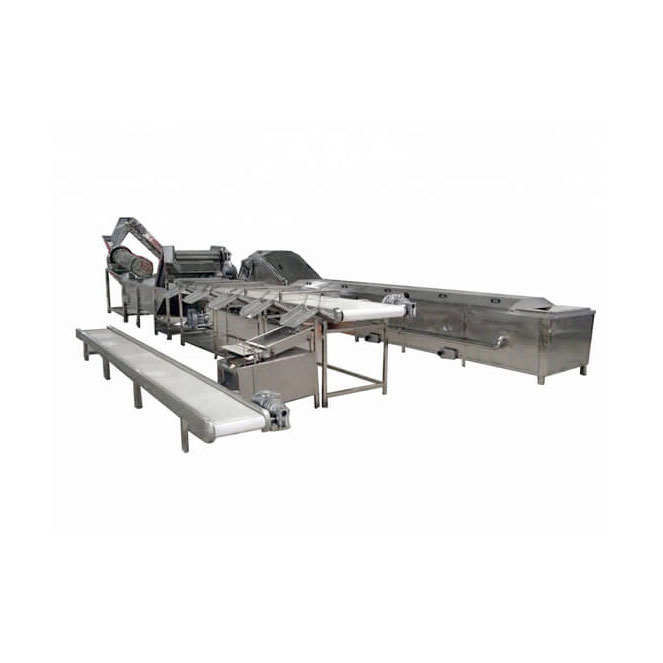
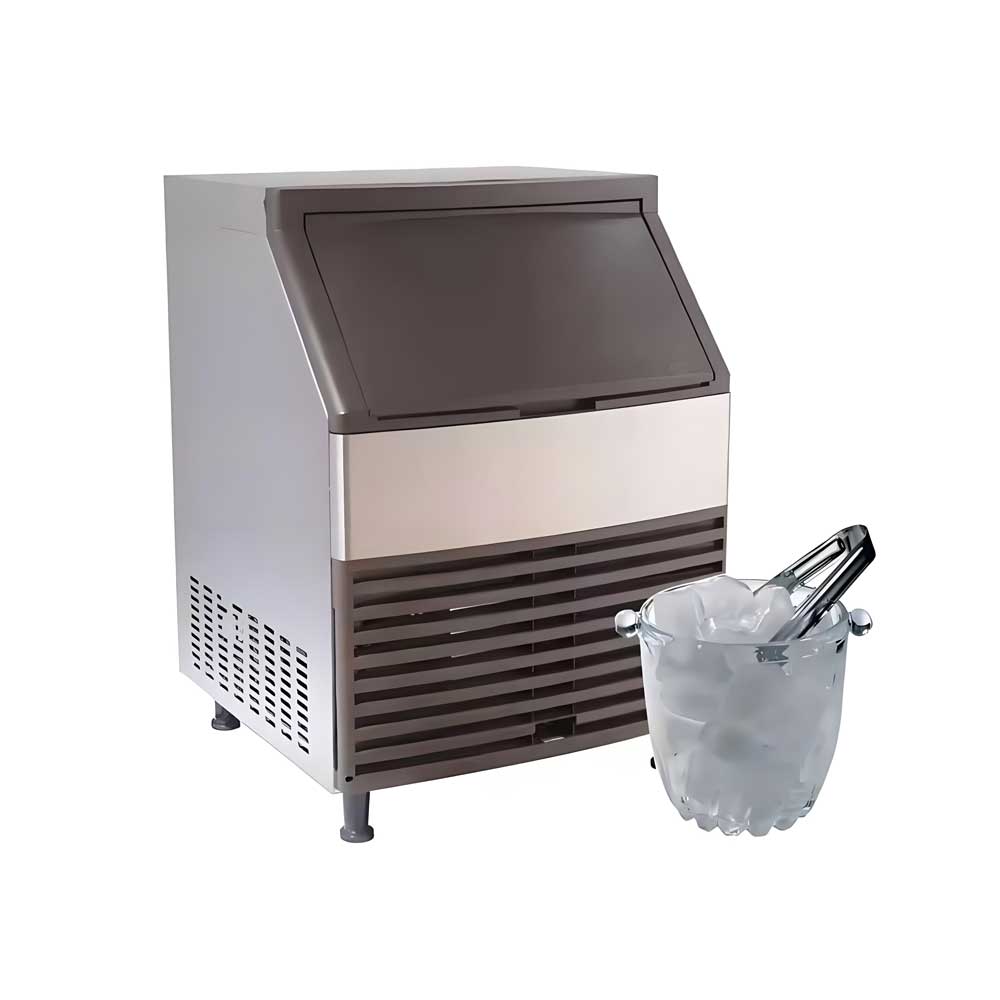
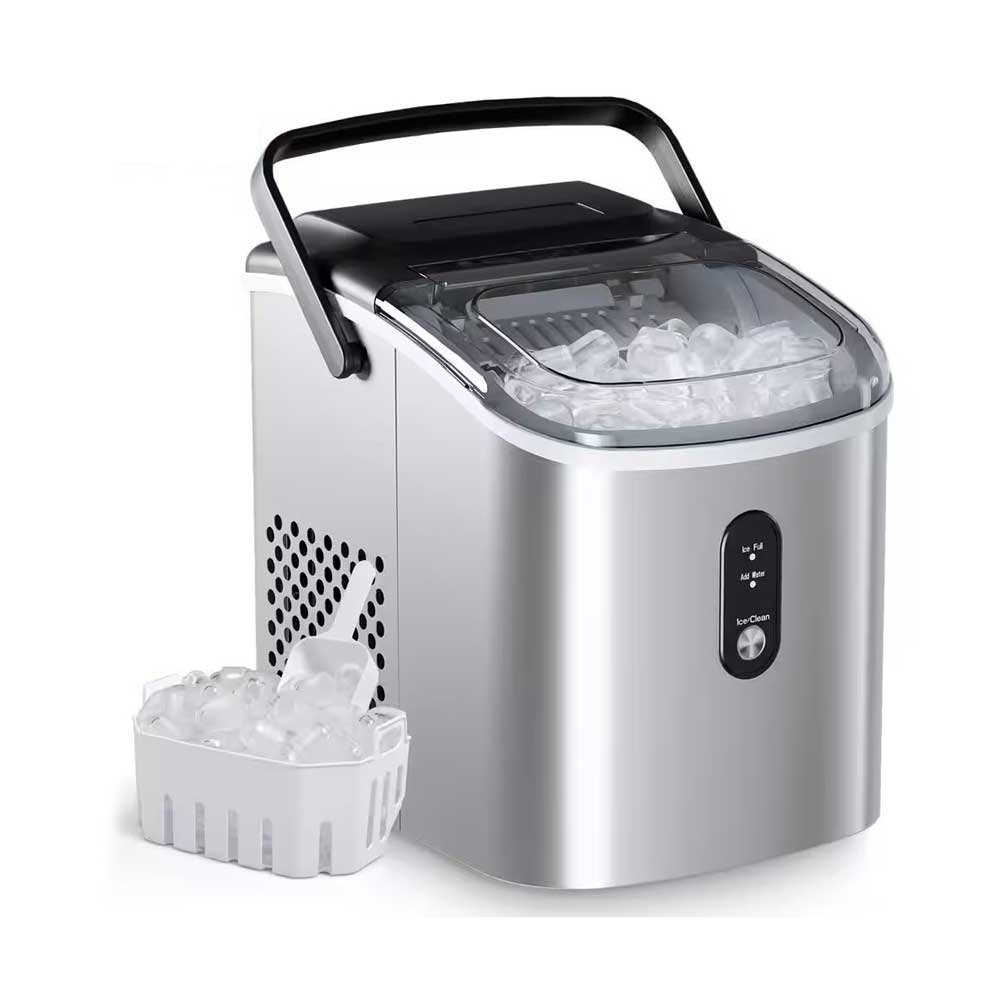 Portable Flake Ice Machine
Portable Flake Ice Machine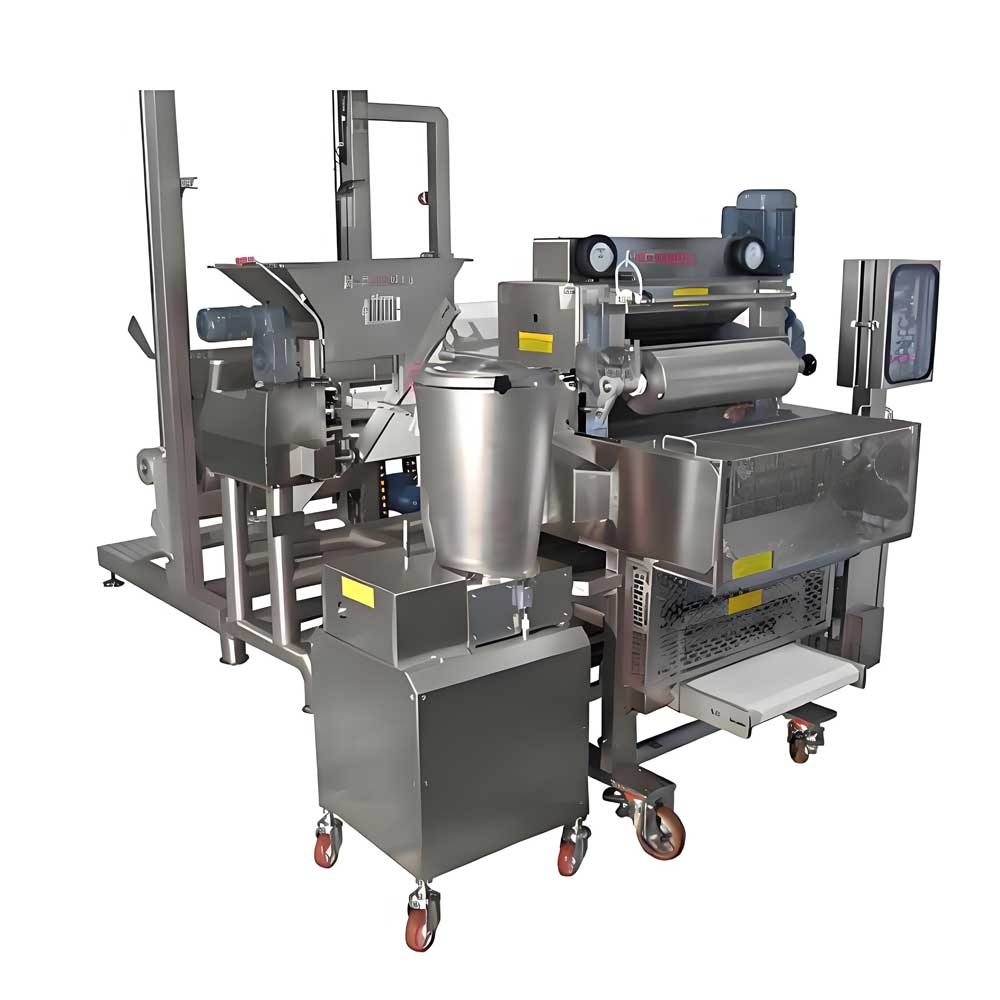 Pelmeni Making Machine
Pelmeni Making Machine
Ready to Get Started?